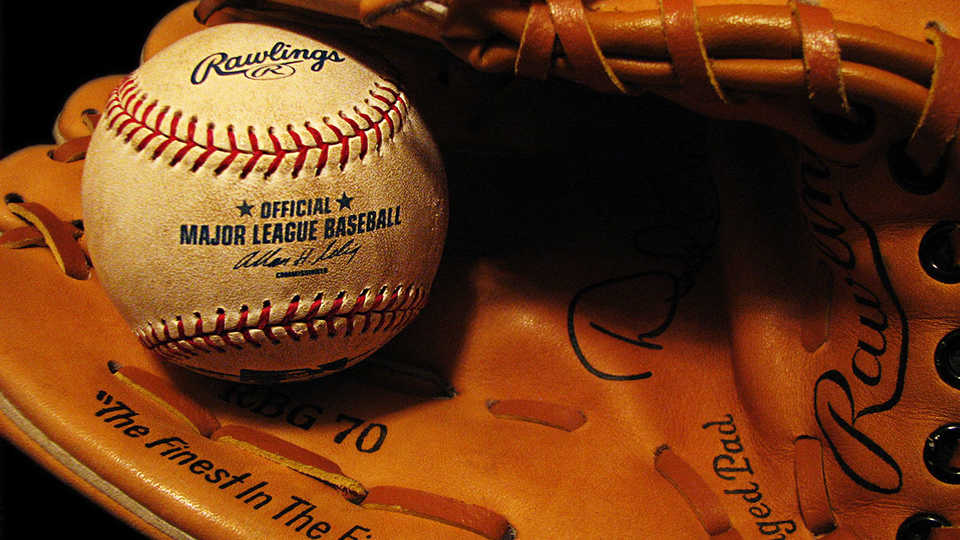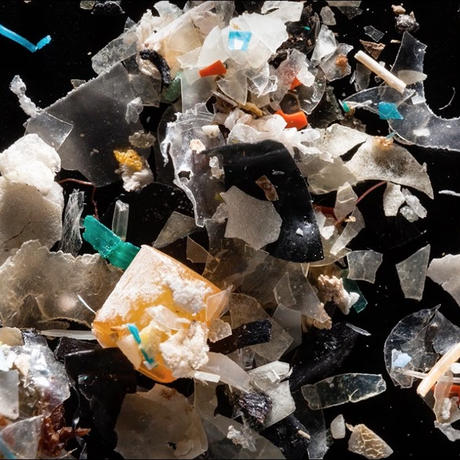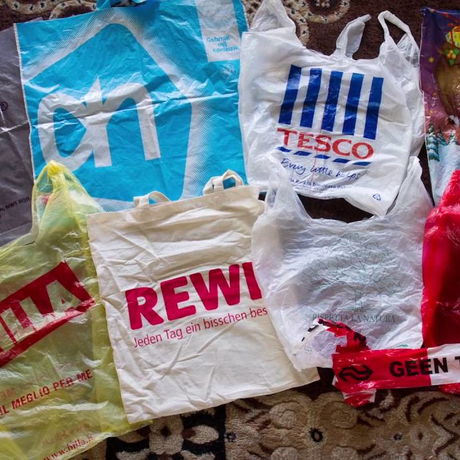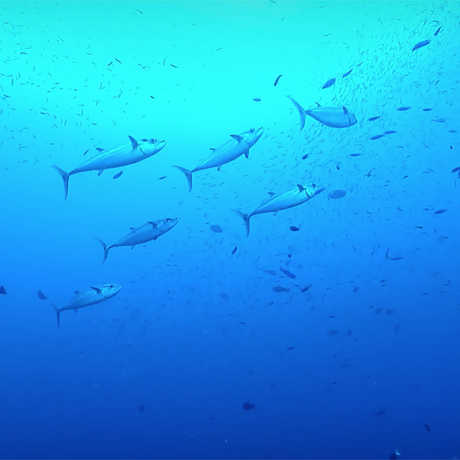Explain to the students what natural resources are and that humans depend on them to make the things we need. Ask the students to list what the Earth’s natural resources are and list their responses on the board. You can bring in some examples (a potted plant, rocks, soil, a stuffed animal, molasses (to represent crude oil)) to help them come up with all of them. It may also be helpful to go outside to get more ideas. You should end up with a list that includes the following items: plants, animals, rocks and minerals, fossil fuels, water, and air. Make sure you take extra time in explaining what fossil fuels are. Explain that there is oil under the ground that we extract and use to make things like gasoline and plastic.
Now ask the students to list things that you throw into the trash (or recycling or compost bins) like used paper, aluminum cans, plastic bottles, and food scraps. After you’ve listed these items, ask the students to think about which natural resources were used to make these things. They should say trees for paper, rocks for aluminum and glass, fossil fuels for plastic, and animals and plants for food. For younger students, we suggest listing on the board all the specific objects that appear on the Bingo cards (see below). This way, students are fully prepared and the Natural Resources Bingo game can serve as a review for them. For older students, you may want to list more general categories only.
Plants Animals Rocks & Minerals Fossil Fuels
Cotton t-shirt Leather baseball Bricks Coal
Carrot Hamburger Concrete Plastic bottle
Paper towels Wool sweater Glass window Gasoline
Book Leather shoe Aluminum soda can Plastic milk jug
Banana Beeswax candles Tin soup can Plastic bag
Envelope Feather pillow Glass Plastic straw
Newspaper Ice cream Metal nuts and bolts Balloon



